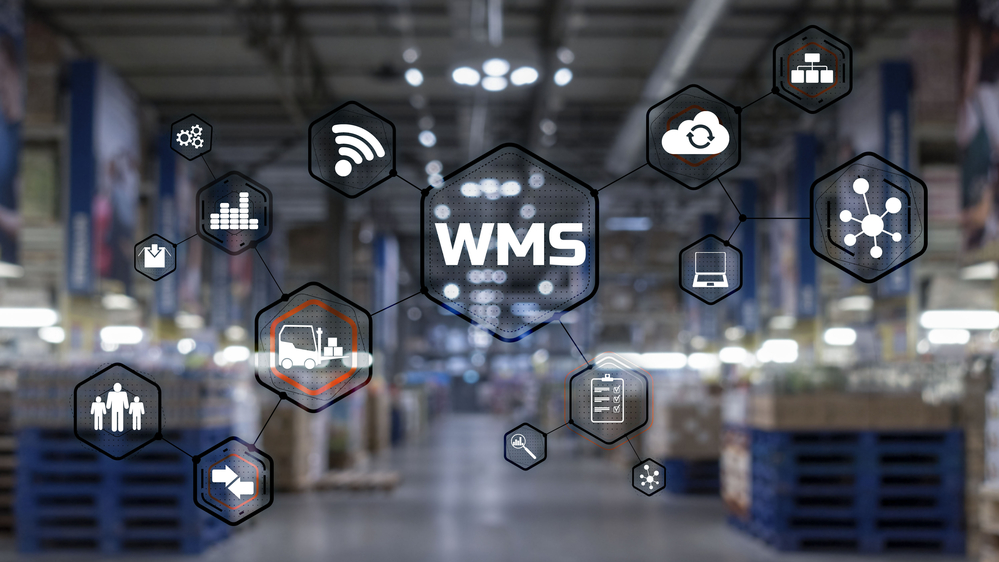As exciting as it is to implement a warehouse management system (WMS) for your warehouse or e-commerce business, it is important to cover all the bases first. There are many cases where too much is done too quickly, and the WMS implementation is unsuccessful. In order to avoid headaches like drawn-out testing, going over your budget, or a stagnant setup, there are several things you should consider before implementing a WMS.
Here is what you need to know.
Why Implement a WMS?
The main reason businesses decide to implement a WMS like Agility from Wisys is that they want to increase inventory visibility, enable better validation along the production and distribution line, and gain more velocity when it comes to order fulfillment. A good WMS is going to do the following things:
- Lower the cost per order
- Increase sales and customer satisfaction
- Reduce the cost of service
- Decrease the number of backorders and stock-out situations
- Enhance the productivity and efficiency of your available labor force
Does The Installation Affect Your Business?
When transitioning over to a new WMS, you want the steps to be as easy to take as possible. You also want your employees to find it intuitive enough to use. Furthermore, customers should gain a sense that ordering from you is easier than before, and there should be no delays or bugs to hamper their satisfaction. Therefore, it is important to ask the developer of your WMS what goes into implementation, as well as how long the process takes, what you need to do, and the resources that are going to be involved.
That way, there are no surprises on the day that your WMS is finally up and running.
How Can You Minimize Modifications?
You may feel that your business needs all kinds of new enhancements in order to make the WMS work best, but that is usually not the case. In most cases, businesses can “unbox” a WMS and use it immediately. Depending on the developer who you are working with, the WMS can be reconfigured to suit your needs. Setup can also be altered to smooth out implementation. The fewer modifications you make, the faster your WMS can be launched. There is also less testing and fewer risks involved.
If you offer both B2C and B2B products or services, then your WMS may need to be tweaked to enable more complex procedures. The developer may also ask for a longer testing period to ensure that everything will operate correctly.
Testing The New WMS Before Implementation
Do not overlook the importance of testing. Companies are encouraged to set up a few instances of the WMS. For example, in a warehouse, you may have a few copies for monitoring the functionality of inventory tracking. Another may be set up to teach your employees how to use the system. When a new version is created, the developer may ask to test it again before updating the current WMS, too.
Even if there are no modifications needed to the warehouse management system, you should still do end-to-end testing across all interfaces, including shipping, labor management, order management, and any additional features you had included. Be certain that the real-time data reporting also works as it should before giving the system a thumbs up.
WMS Training
Consider how much training is going to be needed before going live. Are there any employees who may have a difficult time with the system? Do any departments need additional training?
One thing is for certain: You don’t want to launch a WMS without letting your labor force get a feel for it first. Set up a pilot first that allows your employees to walk through the entire system, so they can get familiar with the technology. Once everyone knows the ins and outs of the system, integrating the WMS into your daily process will be effortless. This also helps with minimizing initial productivity loss while everyone gets used to the changes.
Inventory Before Going Live
How accurate is your current inventory count? Prior to launching a WMS, it is highly recommended to take a physical count of everything in your business or warehouse to ensure you are starting off on the right foot. Since implementing a WMS also typically means that you are using barcode and/or RFID technology, as well as assigning lot, bin, or slot locations, you want everything in its appropriate place before the system launches.
Having an accurate inventory count upon implementation will eliminate a lot of discrepancies in the immediate future.
Looking For a Flexible and Scalable WMS For Your Business?
There is a lot of pressure on you and your business when you decide to utilize a warehouse management system. However, when you plan out the implementation process correctly and account for all the changes happening, it will feel a lot more effortless. Plus, you will feel less of a need to slog through everything just to get started.
If you are looking for a reliable WMS to scale with your growing SMB, then consider Agility from WiSys. Our system can be customized to suit the needs of your business. You will also have the support of our friendly team—from development, implementation, and beyond. Give us a call today at 770-955-3530 or check out a demo.


